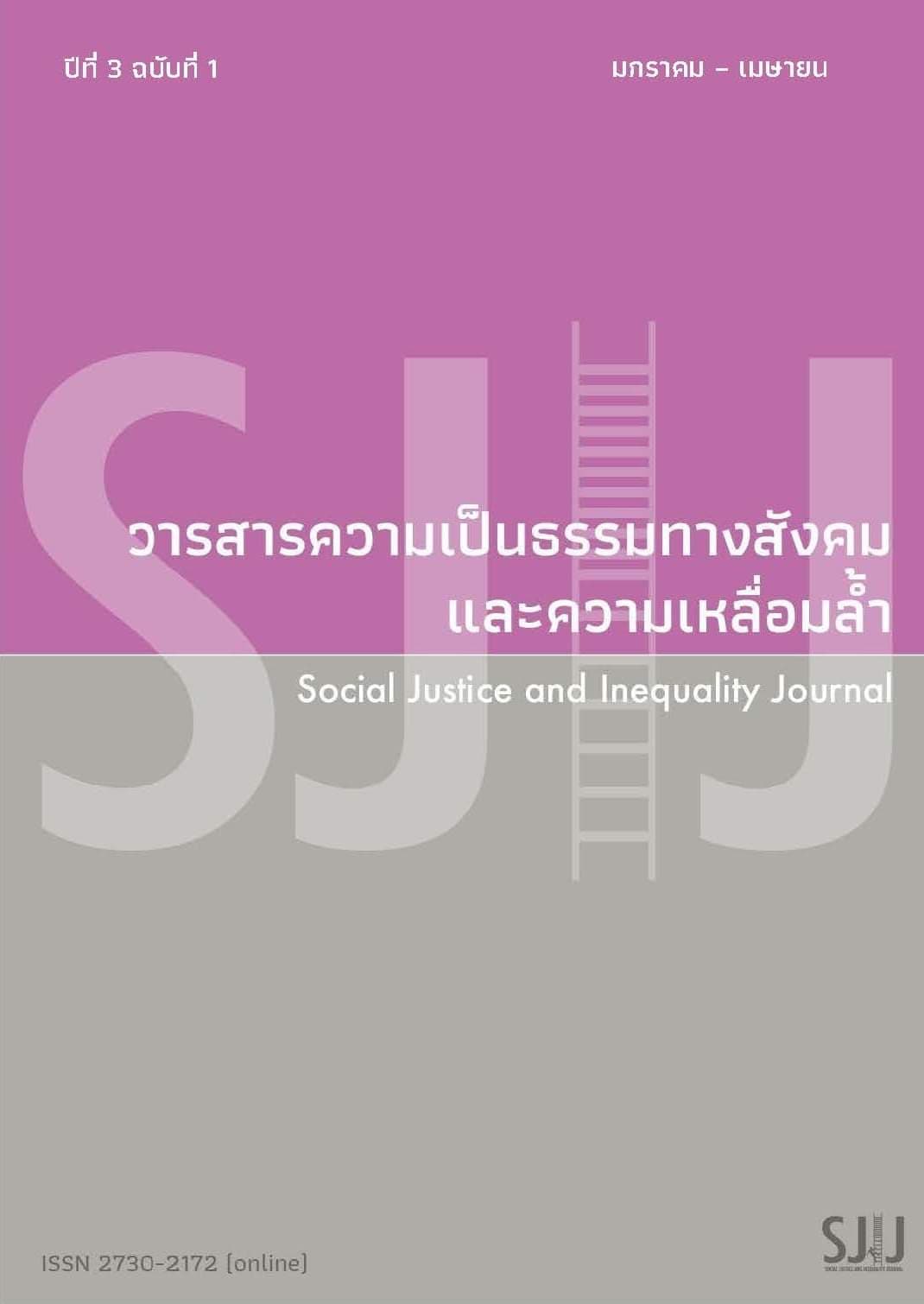Community Participation in Integrated Water Resource Management in Northern Thailand
Keywords:
community participation, water resources, check dam, agricultural areaAbstract
Thai people have faced quantitative and qualitative issues related to water usage for decades. The northern region of the country is the main headwater of Thailand where the Ping, Wang, Yom, and Nan Rivers are the main watersheds. The heads of those four rivers are extremely important. Four communities, namely Mae La Oop (Chiang Mai Province), Mae Chiang Rai Lum (Lampang Province), Pha Tang (Phayao Province), and Dong Pha Poon (Nan Province), have been selected as case studies as they are located within the Ping, Wang, Yom, and Nan watersheds, respectively. Each watershed is located in a different geographic area. These respective communities typically assess and manage their own water usage issues through various management practices. The Mae La Oop community, as representative of the Ping watershed, has addressed seasonal droughts and incidences of flooding by designing and constructing three-layer check dams. These check dams work as a type of “wet firebreak” in containing areas prone to forest fires. The Pha Tang community, as representative of the Yom watershed, has had to face flooding and soil erosion problems that arise during the rainy season. Local people have constructed a number of local material-based check dams to address these problems in an environmentally friendly manner. The Mae Chiang Rai Lum community located within the Wang watershed and the Dong Pha Poon community in the Nan watershed have faced severe logging problems that have led to droughts and landslide problems. The local people have constructed a number of low cost and local material check dams along these mountainous slopes and have created an effective forest restoration project. The creation of a “highland wet forest” has helped to address these problems. At present, the activities of both locally residing adults and teenagers are being encouraged to be performed from an environmentally sustainable approach.
References
Agriculture and Fisheries Branch. (2017). National Statistical Annual Report. National Statistical Office of Thailand.
Castillo, C., Perez, R., & Gómez, J. A. (2014). A conceptual model of check dam hydraulics for gully control: Efficiency, optimal spacing and relation with step-pools. Hydrology and Earth System Sciences, 18(5), 1705–1721. https://doi.org/10.5194/hess-18-1705-2014.
Hydro and Agro Informatics Institute. (2017). Annual Report on Database and Data Analysis of National Hydrologic Status.
Thai Water. (2020). Geographic information of the Ping, Wang, Yom, and Nan watersheds. Retrieved from https://tiwrm.hii.or.th/web/index.php.
Downloads
Published
Issue
Section
License
Copyright (c) 2022 Social Justice and Inequality Journal

This work is licensed under a Creative Commons Attribution-NonCommercial-ShareAlike 4.0 International License.




